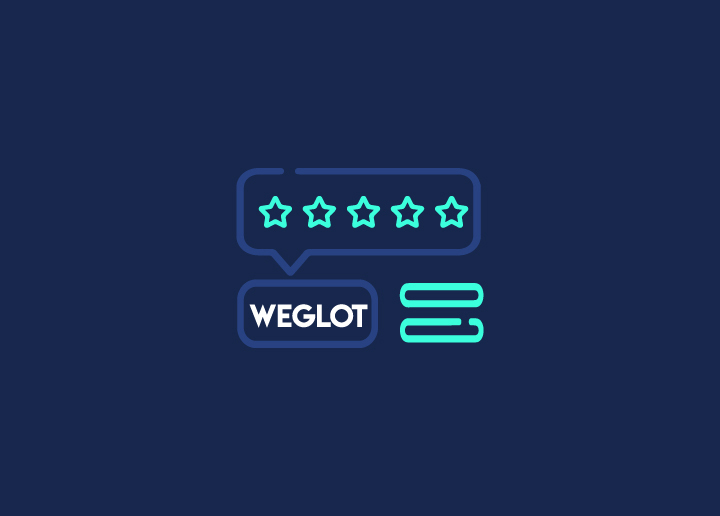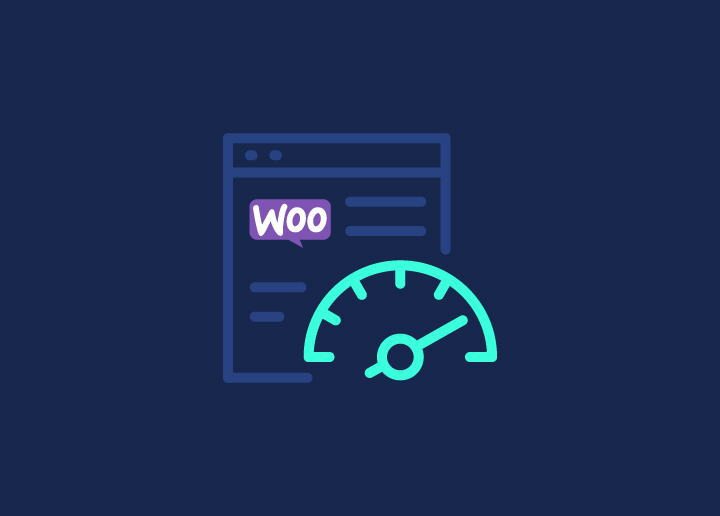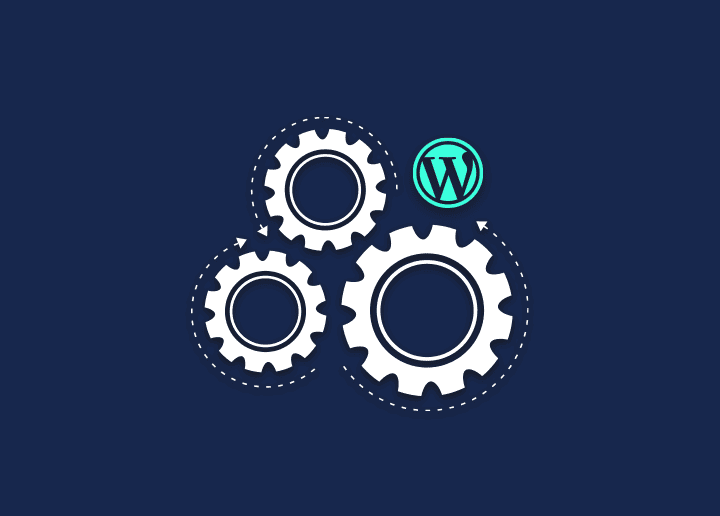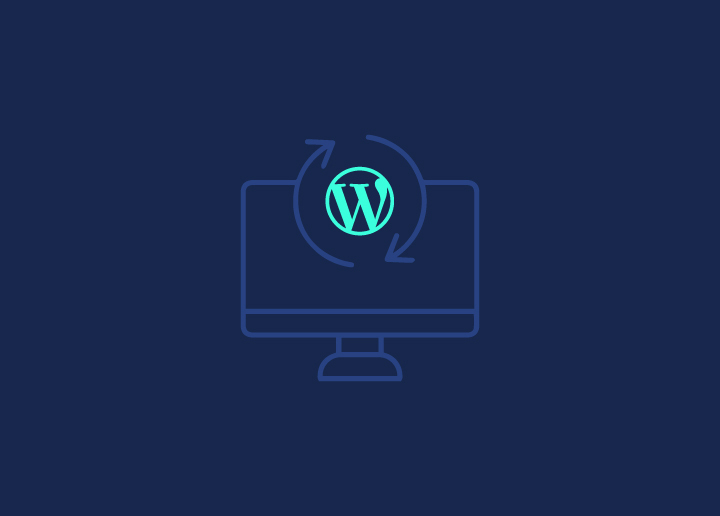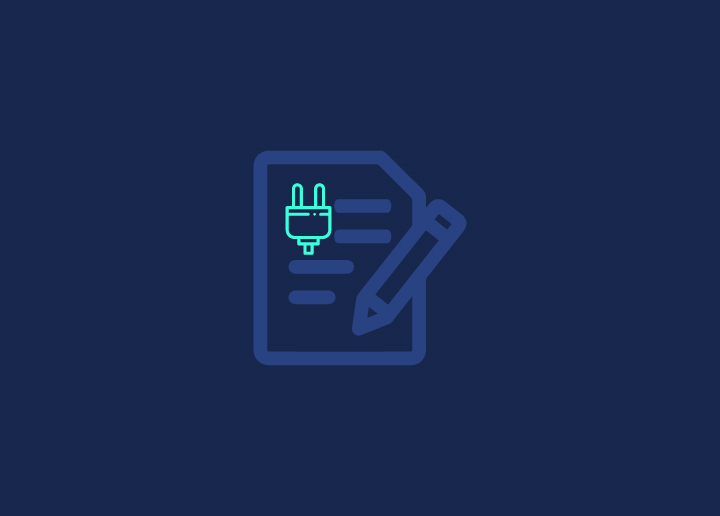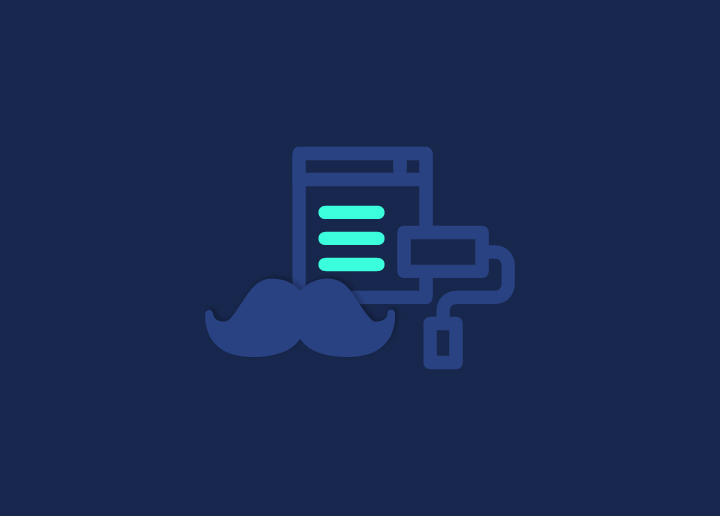A WordPress installation is incomplete without the wp-config.php file. The file contained database configuration items created during the WordPress installation process. In a nutshell, it enables WordPress to connect to the database.
However, a web admin must understand how to maintain it to ensure the site’s security properly. For example, your WordPress site wouldn’t be unable to store or retrieve data from its database if it didn’t have it.
Use of wp-config.php
The WordPress installation process creates a config file called wp-config.php. It stores the information regarding the database, such as the database name, login username & password, and hostname.
The majority (but not all) of your material is stored in your WordPress database, which includes posts, comments, passwords (encrypted and salted), and much more. So the database connection is made as well, and this is usually the first “block,” or chunk of code, in this file.
There are various sections in the WordPress configuration file:
- MYSQL Settings – Used for Database configuration
- Database character sets are used to specify the charset settings for tables.
- Security keys – They are in charge of encrypting user data.
- Database prefix table – Helps in tracking PHO errors
- Debugging mode – Aids in the detection of PHP issues.
- The absolute path specifies the physical location of a folder or file on a computer.
While the WordPress wp-config.php file can be edited with a text editor, make a backup before making any changes. Even the slightest misconfiguration might disrupt the connectivity between the database and your WordPress site.
Where can you find the wp-config.php file?
A fully functioning WordPress website will have a wp-config.php file in its “root.”. For non-specialized hosting providers, this usually involves connecting to your site via an FTP client and navigating to the public Html folder.
If you’ve recently installed WordPress or are simply experimenting with your WordPress server, you’ve probably realized no such file exists. But don’t worry, your file is still there! The wp-config file is simply named wp-config-sample.php when installing WordPress for the first time, and good reason.
Editing the wp-config.php file
Many options can be altered in wp-config.php, but we’ll focus on the ones that need to be changed the most when switching web hosts or domain names.
You can change wp-config.php simply in the cPanel File Manager or download it and edit it with your favorite text editor before re-uploading it.
- Right-click wp-config.php in File Manager and select Edit.
- Click Edit in the Edit box.
The File Manager interface is used to open the file. Wp-config.php contains MySQL settings, auth keys, and salts in a standard WordPress installation. There may be extra variables depending on how you’ve built your site.
Conclusion
Are there any questions you’d want to ask us? Send us a quick message, and our WordPress specialists will assist you as much as possible.
Get more related articles on WordPress best practices, troubleshooting techniques, and other tips on our blog page.
However, we at Seahawk Media provide the best of all the services to meet your end-to-end WordPress needs. Contact us or check our blog page for more insights.








